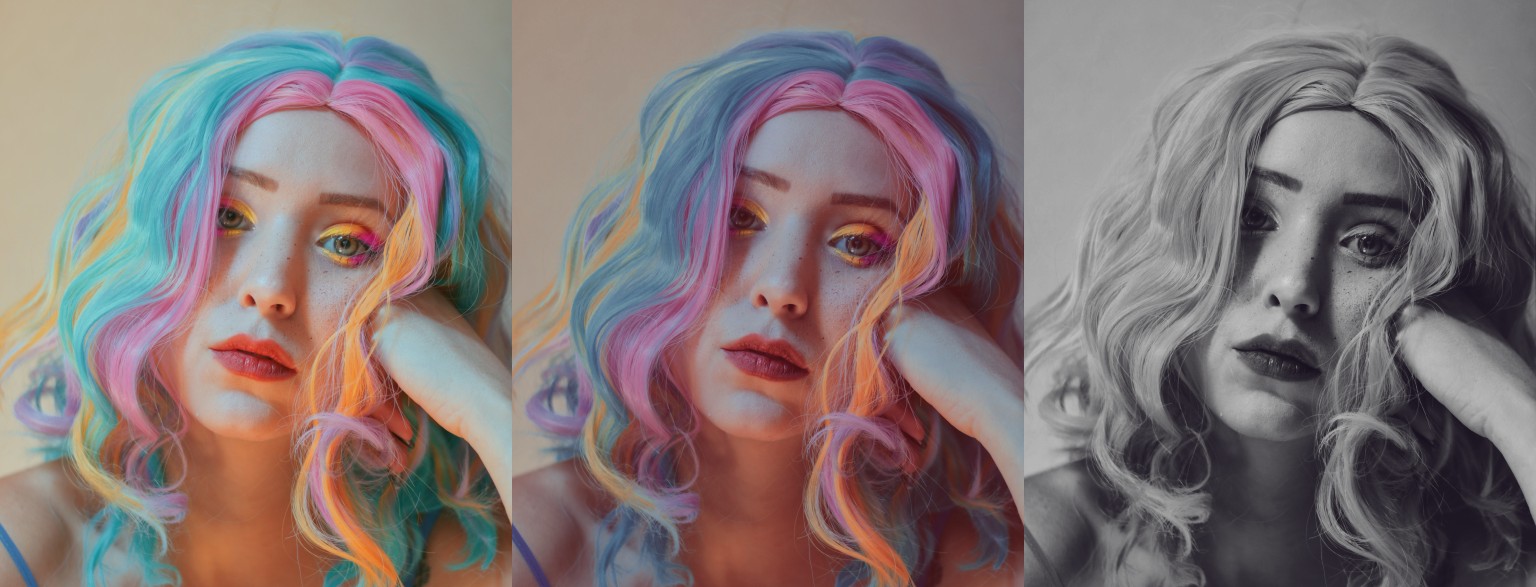Apply LUTs

from tinycio import ColorImage
ColorImage.load('my/image.png').lut('my/lut.cube').save('my/new_image.png')
If this is for a batch of images, it would be more performant to load and reuse the LUT.
from tinycio import LookupTable, ColorImage
mylut = LookupTable.load('my/lut.cube')
im = ColorImage.load('my/image.png')
im.lut(mylut).save('my/new_image.png')
If the LUT is meant for a particular log profile, it may be necessary to use a transfer function.
from tinycio import LookupTable, ColorImage, TransferFunction
lut = LookupTable.load('my/log_c_lut.cube')
# Load and linearize
im = ColorImage.load('my/image.png', 'SRGB').to_color_space('SRGB_LIN')
# Apply desired curve
im_log_c = TransferFunction.log_c_oetf(im)
# Apply LUT
im_log_c = lut.apply(im_log_c)
# Back to linear (only if needed - a display-ready LUT should have the transform baked-in)
im_out = TransferFunction.log_c_eotf(im)
# Apply sRGB gamma curve (if needed) and save
ColorImage(im_out, 'SRGB_LIN').to_color_space('SRGB').save('my/new_image.png')
Although the above hypothetically loads a 24-bit sRGB PNG file, this probably makes more sense to do with uncompressed or minimally-compressed image data, in whatever representation the LUT requires. LUTs have many uses for DCC, but processing raw photographic image data is beyond the scope of this library.
See: ColorImage.lut(), LookupTable